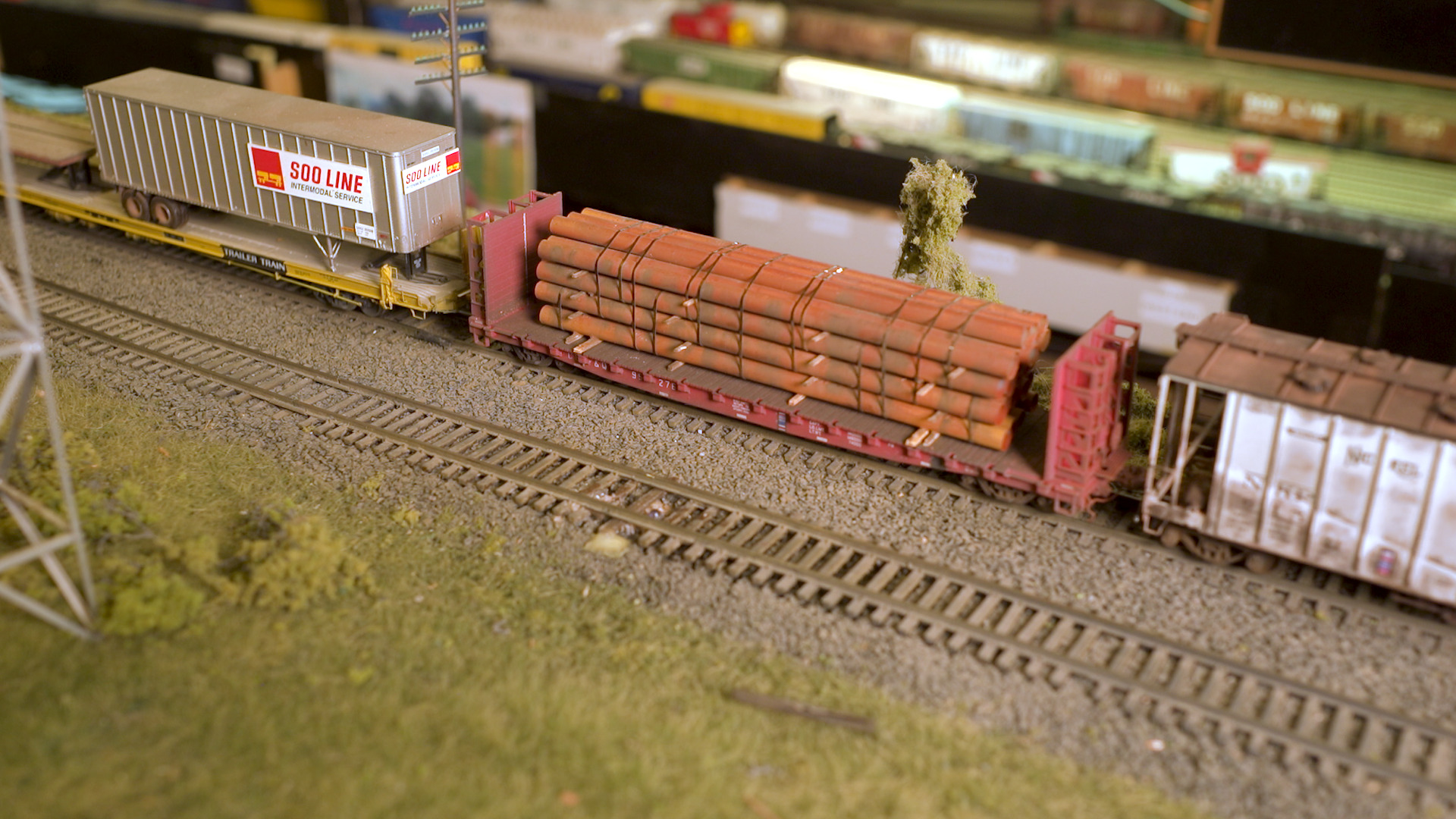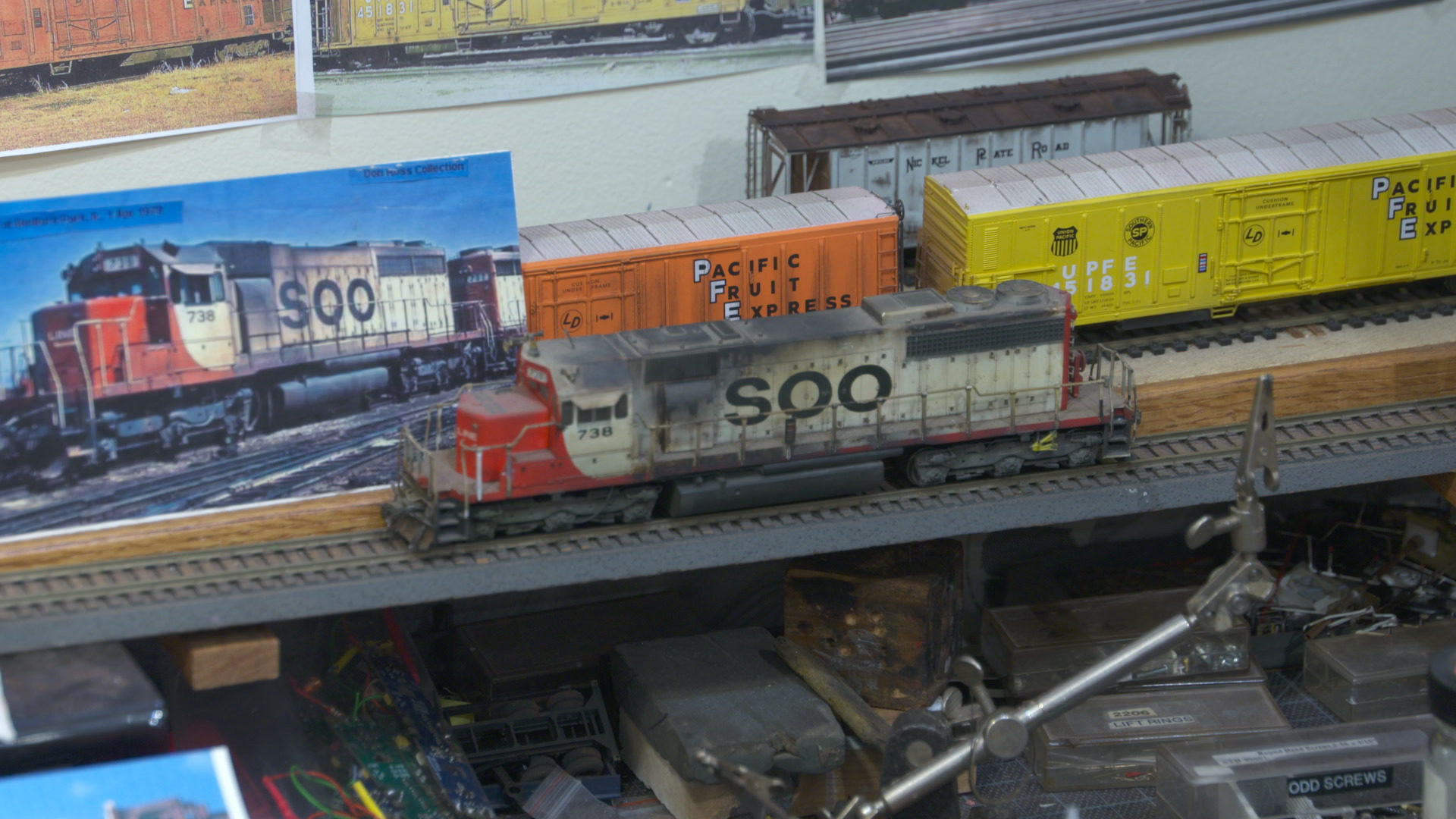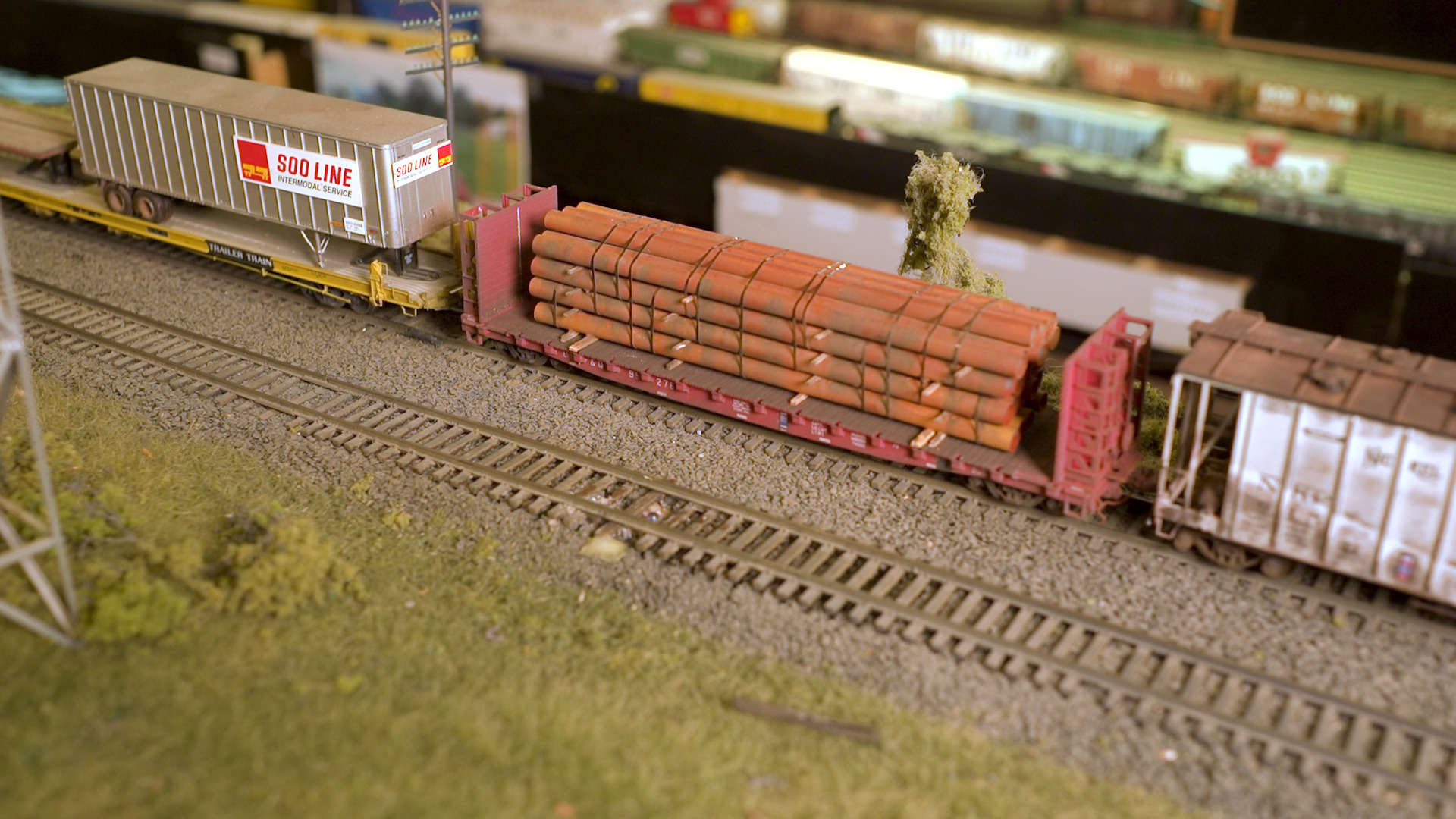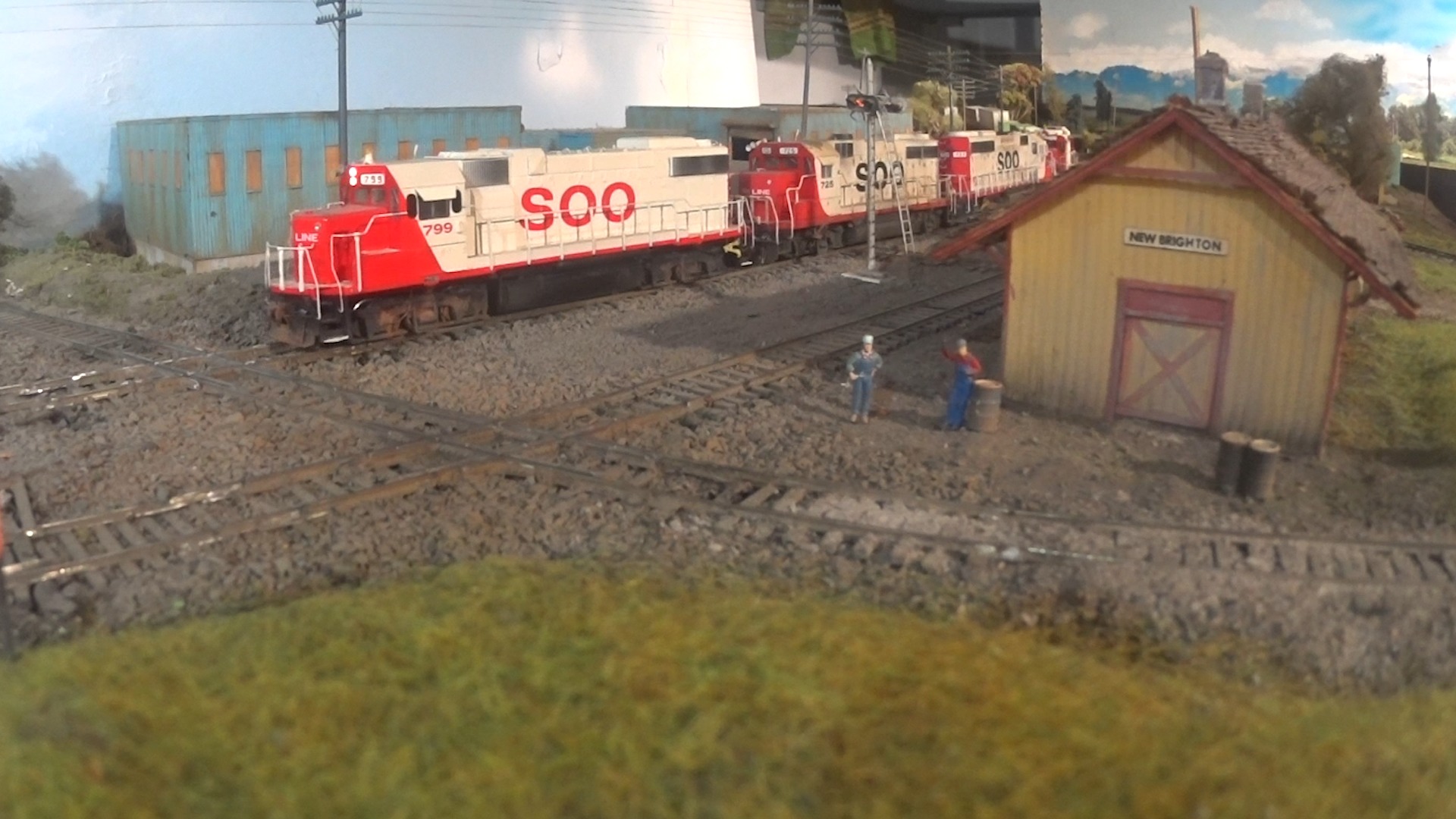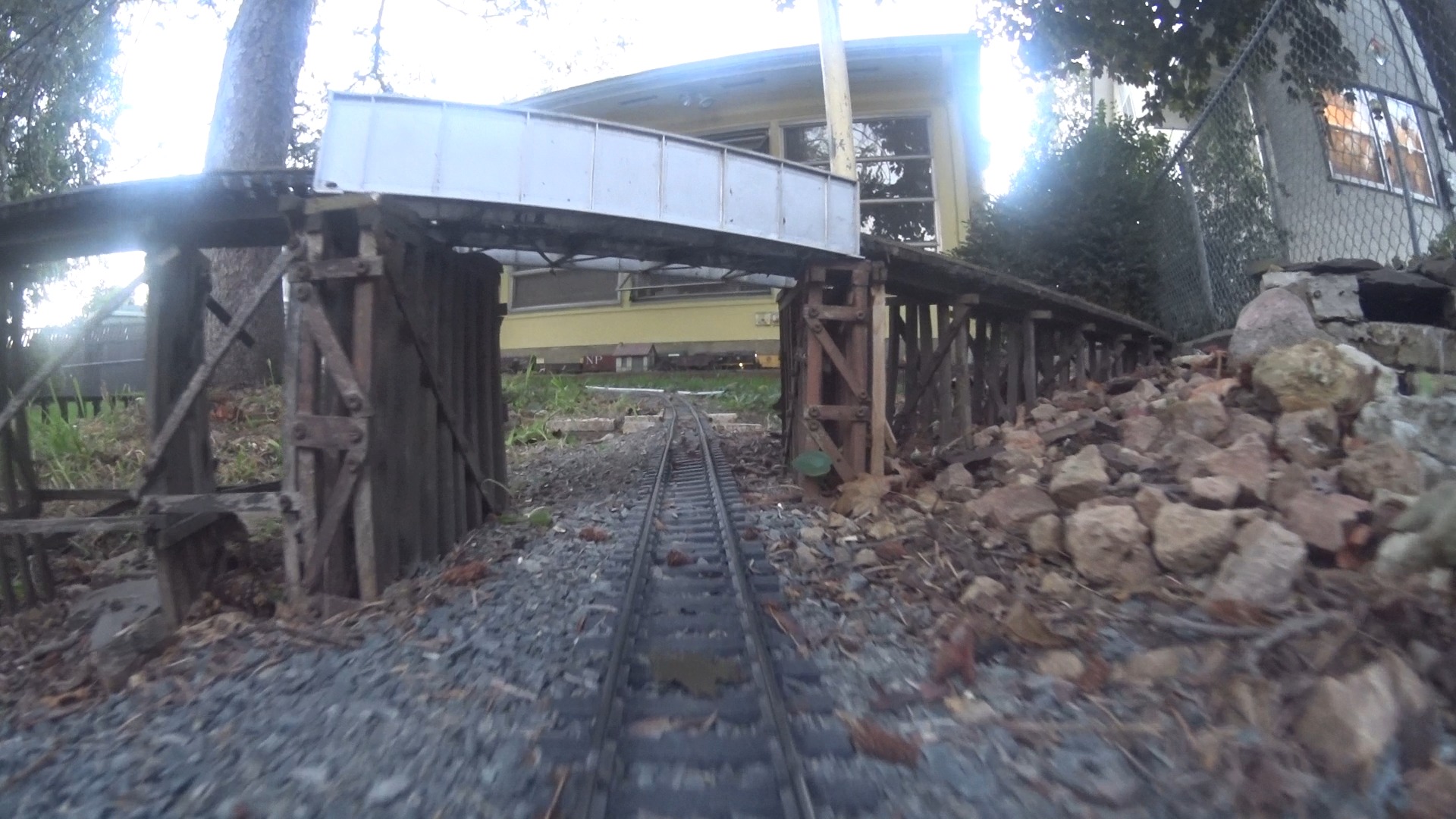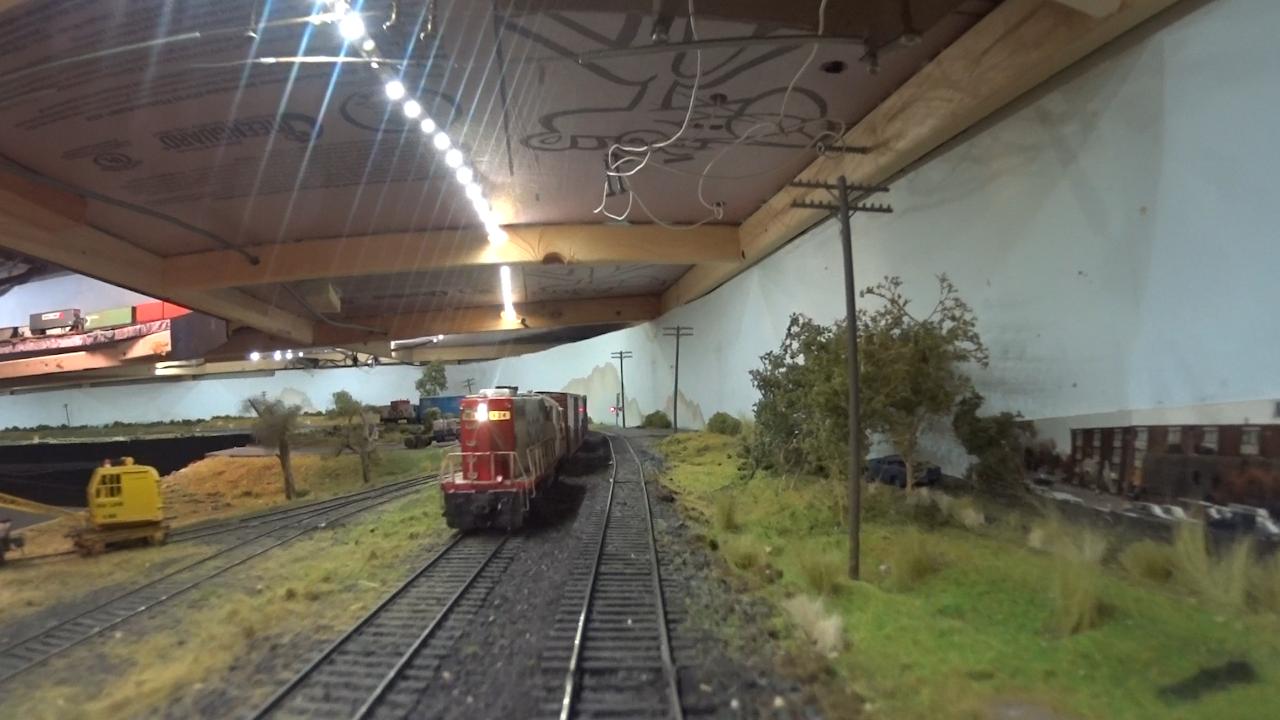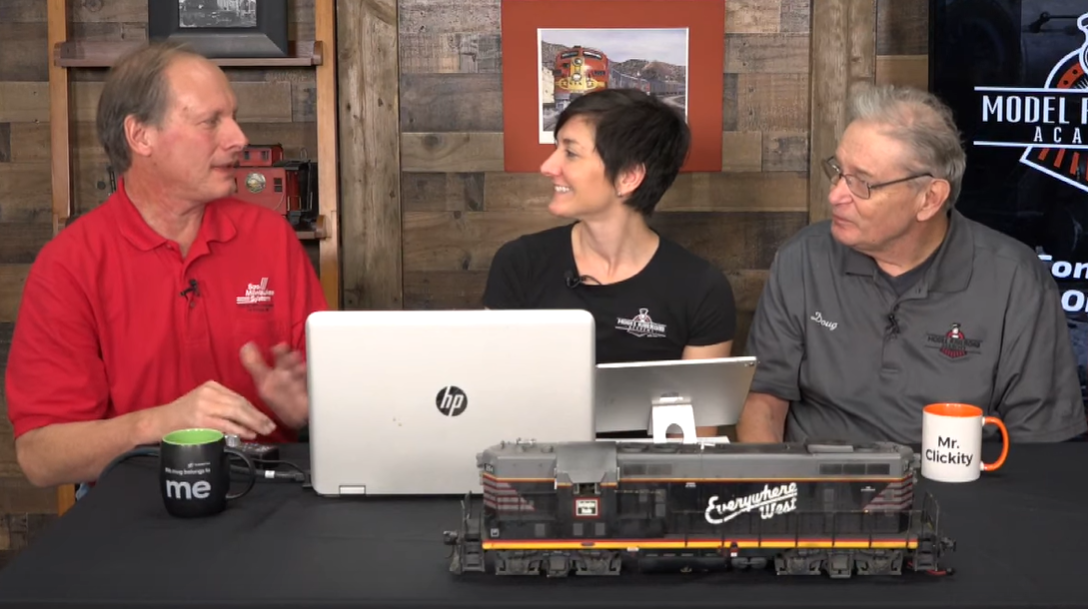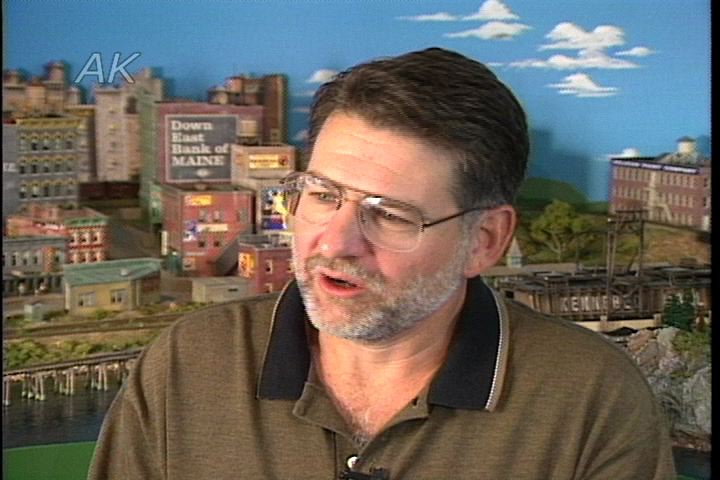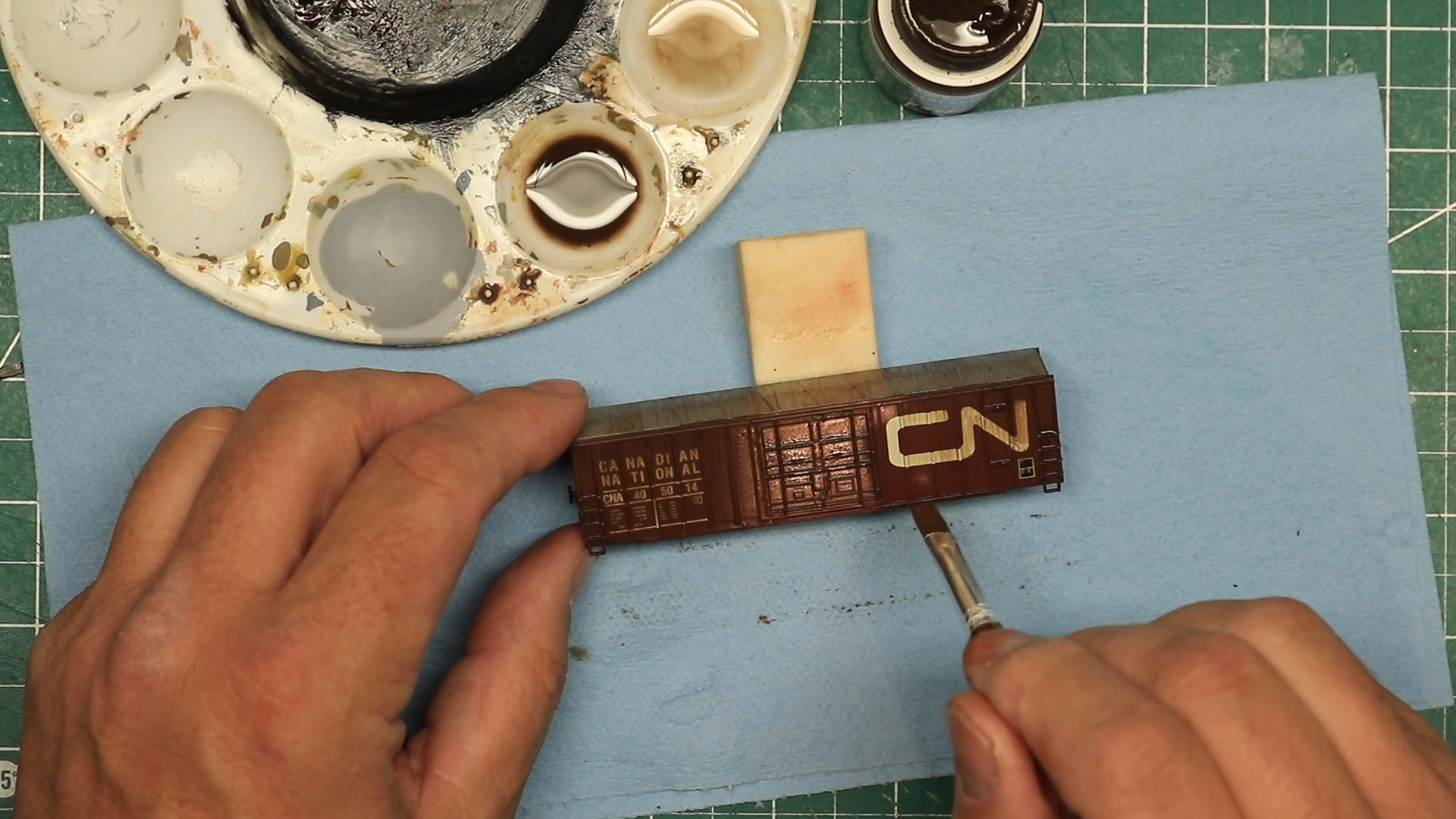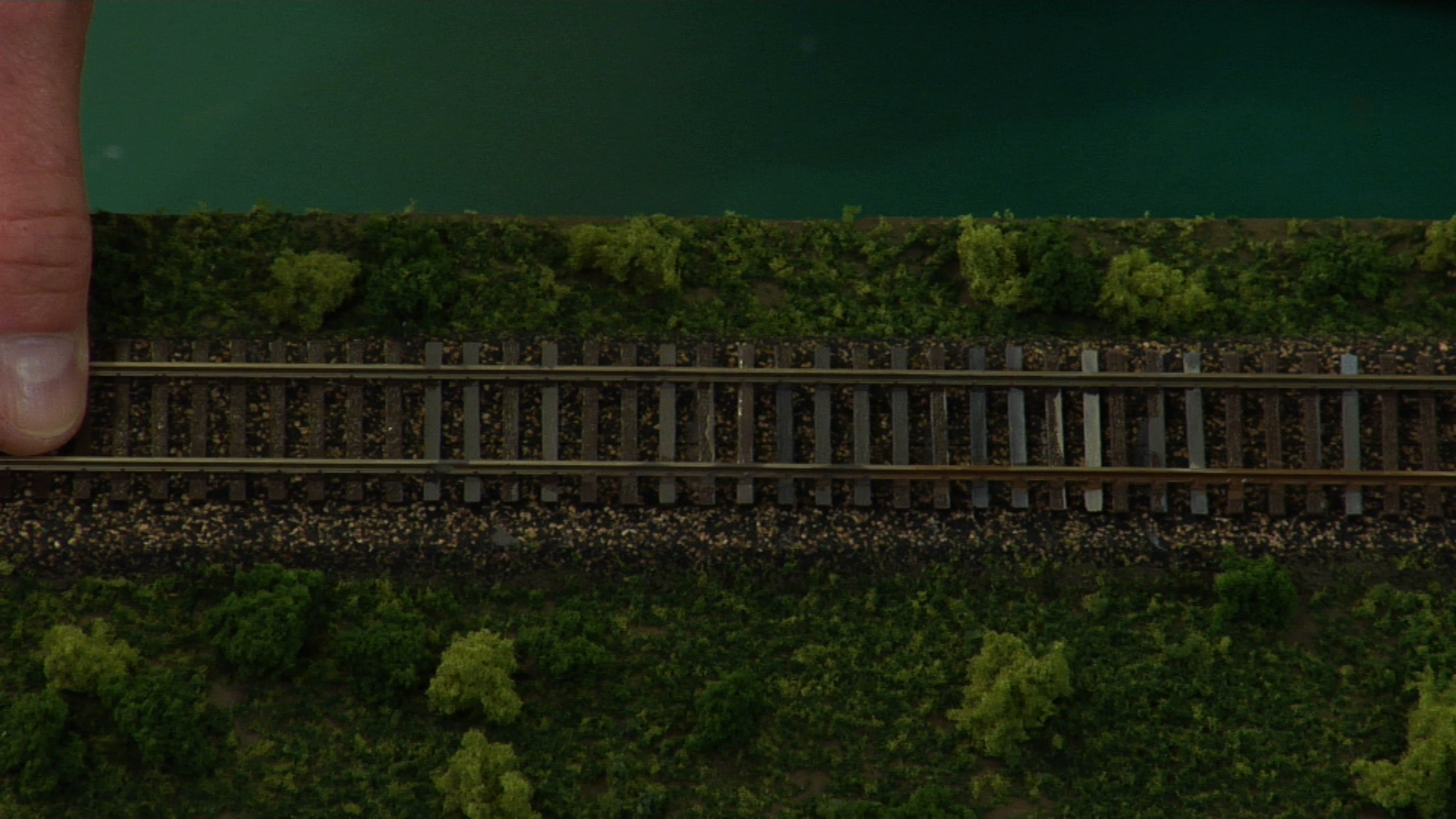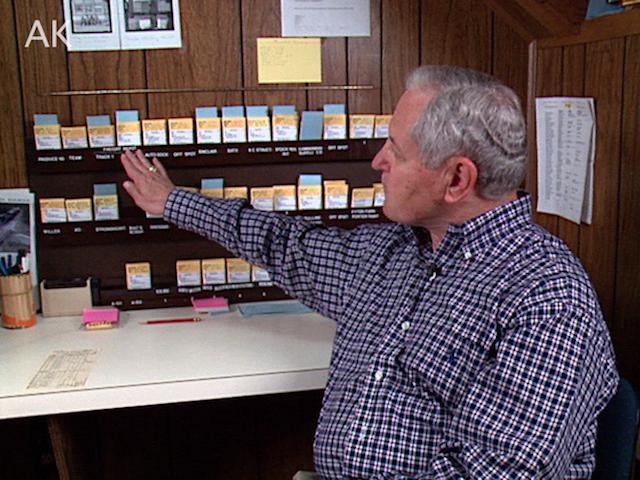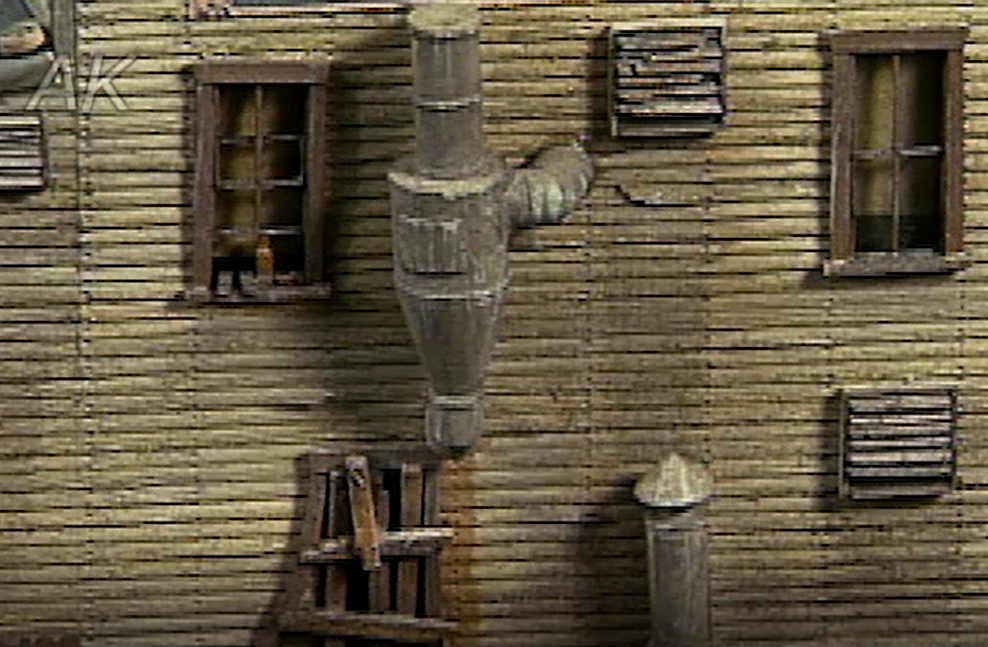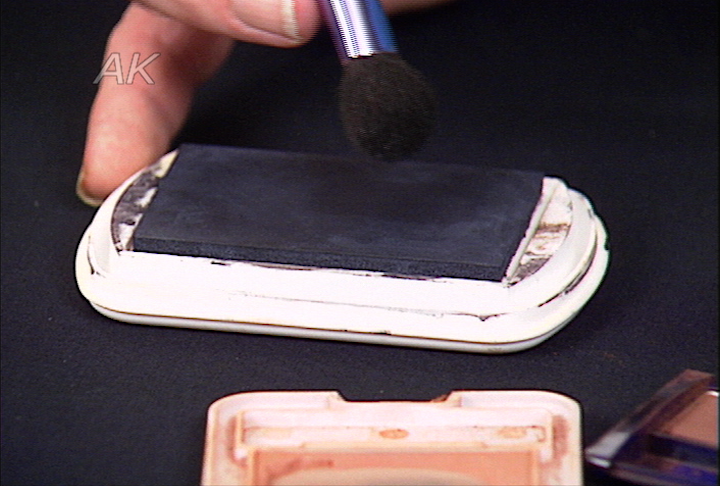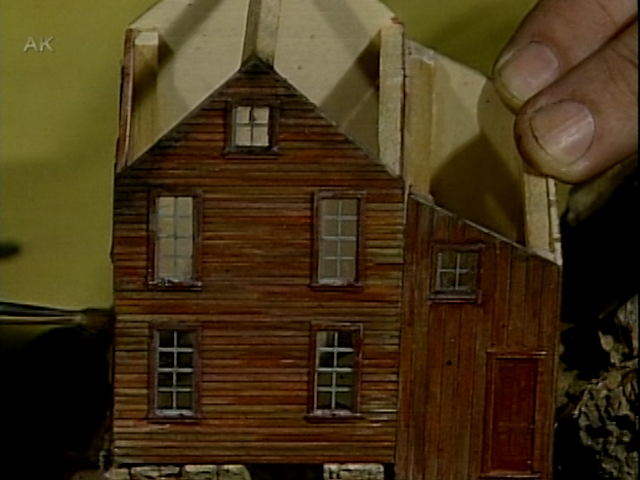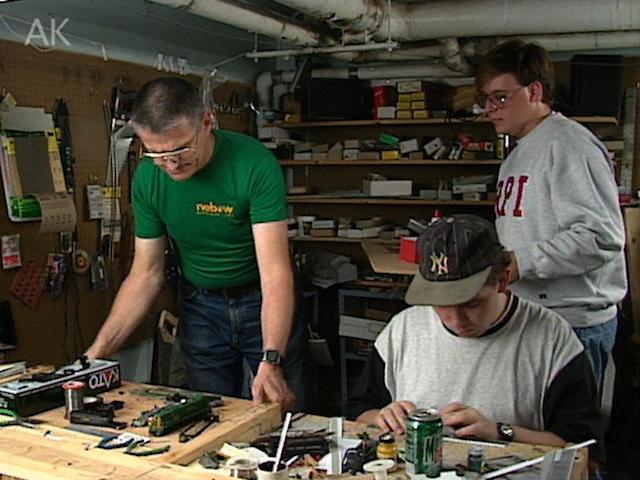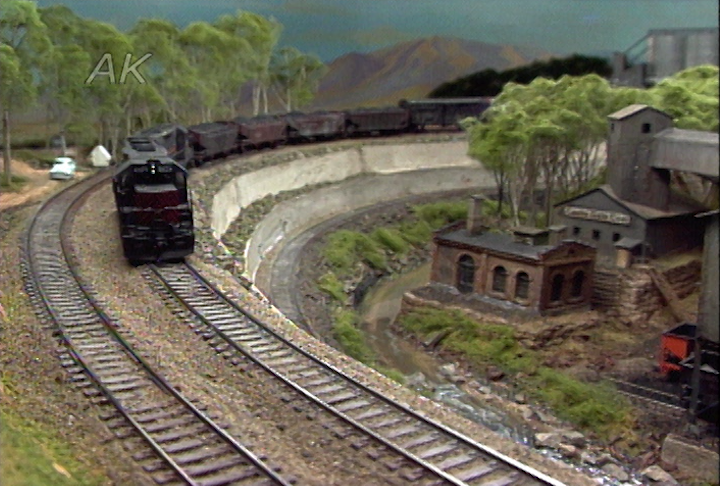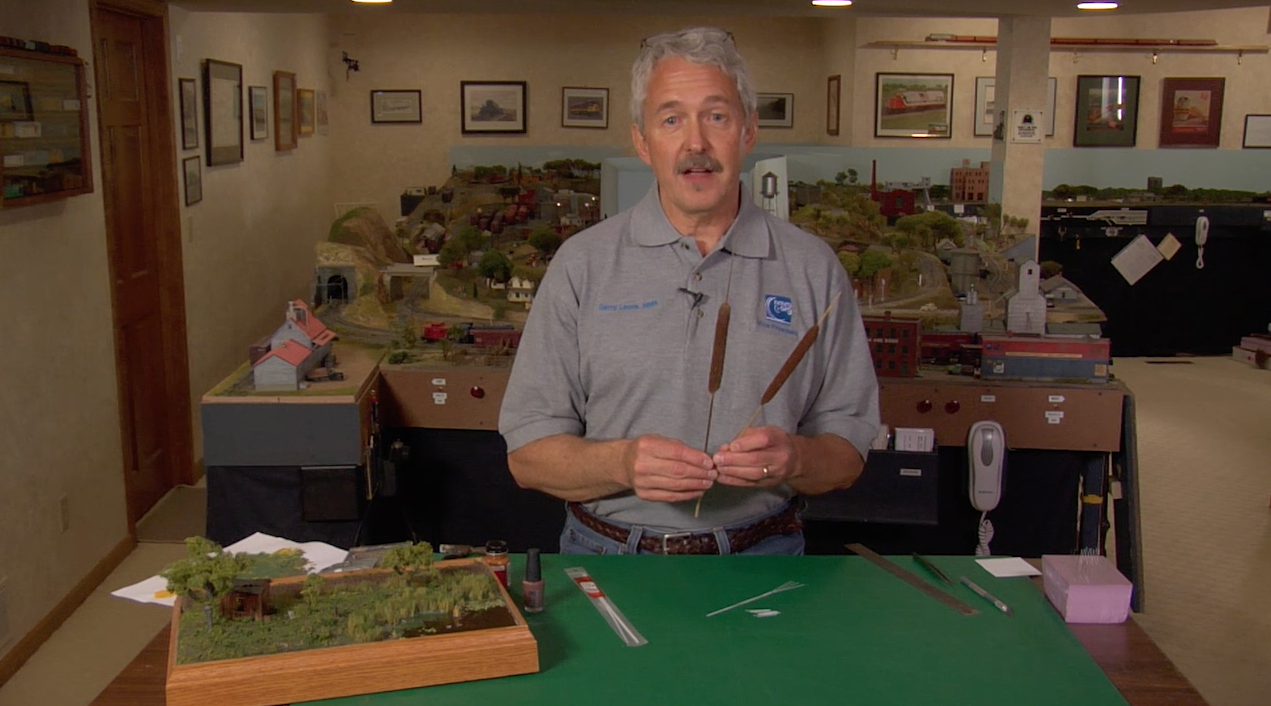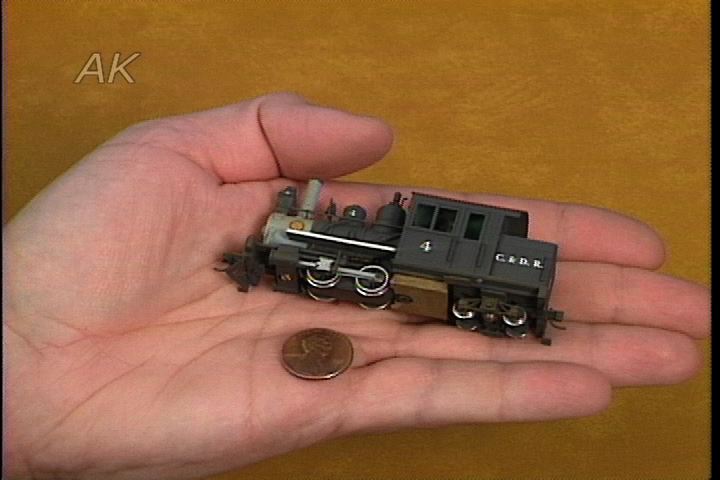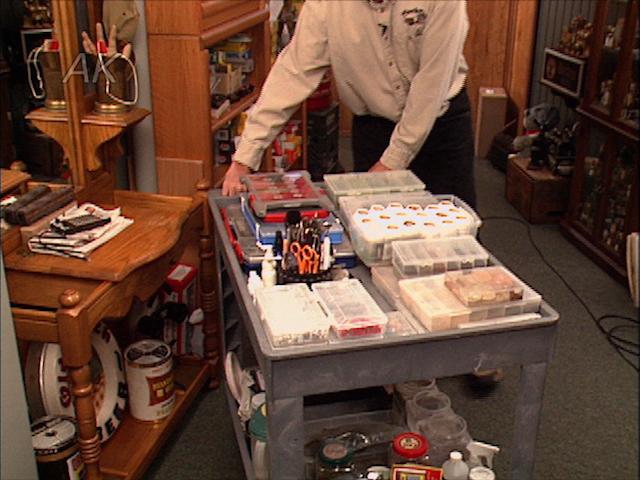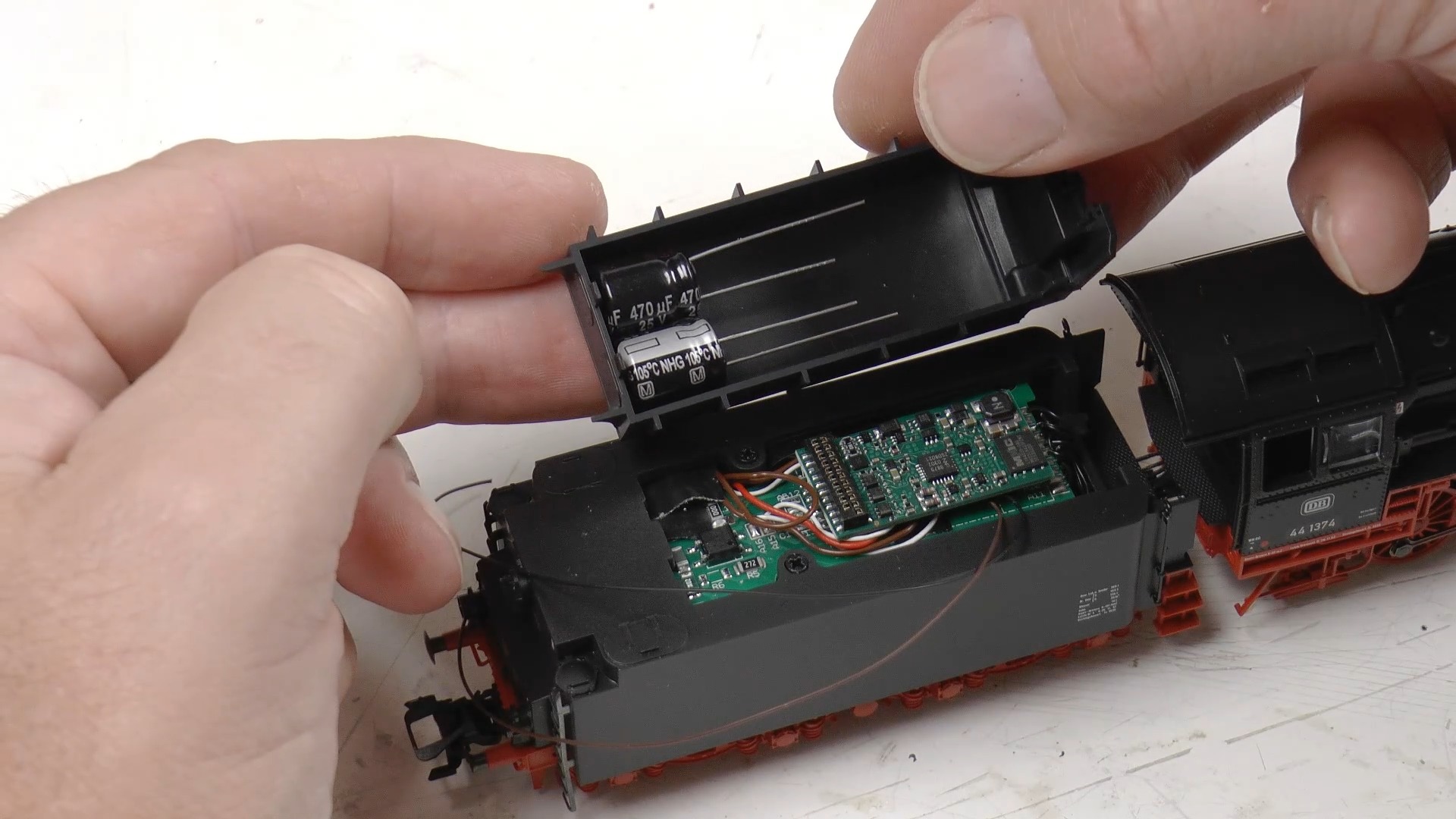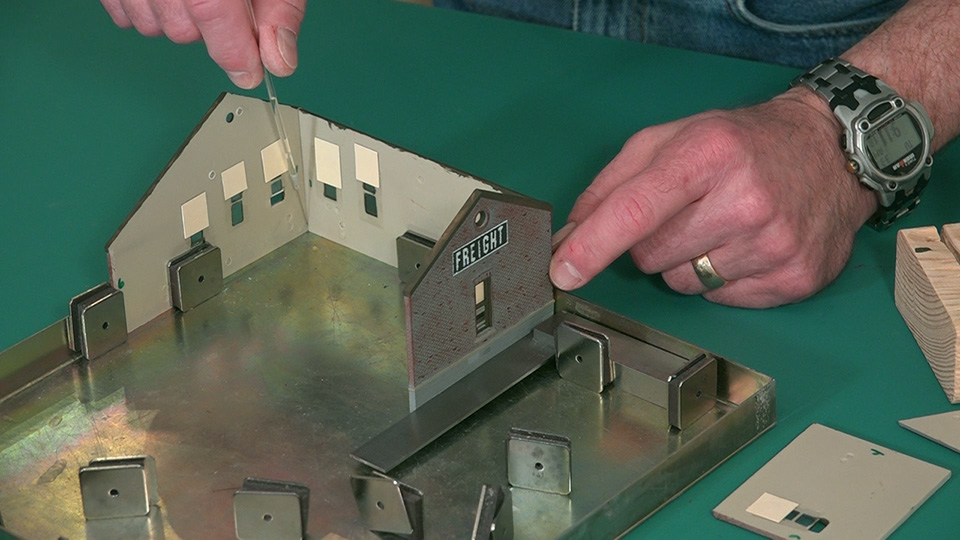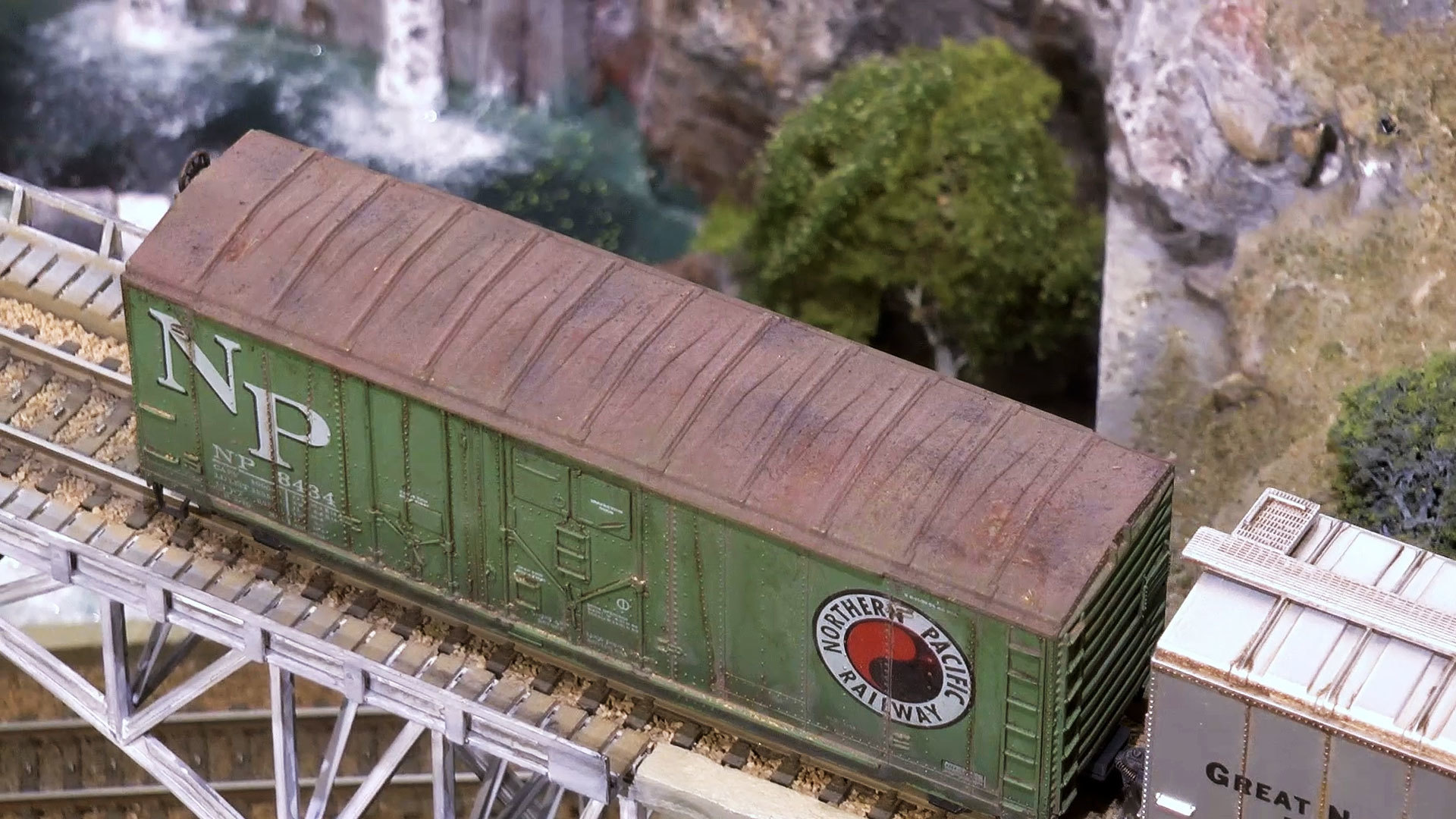
Philosophy of Weathering
Bob "Chooch" RivardLet’s talk weathering with modeler Bob Rivard. Bob believes weathering is very important. All the locomotives and freight cars he models, including the wheels and couplers, show signs of weathering.
WEATHERING PHILOSOPHY
Bob models the Soo Line. Here at MRA, we have a few videos about Bob’s layout, including ones where you can take a tour of his Soo Line layout. When he buys a new white Soo Line locomotive, he considers it an artist’s palette, a starting point for adding weathering in order to make it look as prototypical as possible.
Bob shows an example of the weathering he has done on Soo Line locomotive number 738. The first step is to find a prototype photo, either in a book or on the internet. Bob keeps that photo right in front of him as he works on the out-of-the-box locomotive.
The Soo Line, which operated in the upper Midwest, was known for not washing its locomotives in the winter. Bob has a prototype photo of locomotive 738 taken on April 1, 1978, and 738 is very dirty. Bob models the summer, so the prototype photo is a bit early, but he couldn’t resist recreating the weathering shown in the photo.
Locomotives, even newer ones, show grime and soot on the trucks, the underframe, and the grills. Taking the time to mask off around the grills is important. Soo Line locomotives show weathering effects in the door latches and hinges. Bob feels the weathering process is like an artist capturing a painting on a palette.
TECHNIQUES
The three main techniques Bob used to create the weathering effects on Soo Line locomotive 738 were oil paints, weathering powders, and airbrushing. It takes time to create the effects but Bob feels it is well worth it.
Here at MRA, we have a category dedicated to weathering. Check those videos for step-by-step instructions.
Explore videos by Bob "Chooch" Rivard
You may be interested in
Premium Membership
Unlock exclusive member content from our industry experts.
- 24/7 Access to Premium Model Railroading Videos, Projects, and Tips
- Step-by-Step Instructional Guides & Layout Plans
- 50% Off Video Downloads Purchased in the Model Railroad Academy Shop
- Access to Ask the Expert Program
Unlock exclusive member content from our industry experts.
- 24/7 Access to Premium Model Railroading Videos, Projects, and Tips
- Step-by-Step Instructional Guides & Layout Plans
- 3 Full-Length Video Downloads to Watch Offline
- 50% Off Video Downloads Purchased in the Model Railroad Academy Shop
- Access to Ask the Expert Program
Gold Membership
$326 Value
Get everything included in Premium plus exclusive Gold Membership benefits.
- 24/7 Access to Premium Model Railroading Videos, Projects, and Tips
- Step-by-Step Instructional Guides & Layout Plans
- 9 Full-Length Video Downloads to Watch Offline
- 2 Full-Length Classes to Keep for Life
- 2 Downloadable Guides
- Discounts on Purchase-to-Own Content in the Model Railroad Academy Shop
- Access to Ask the Expert Program
- Exclusive GOLD LIVE Streaming Events
